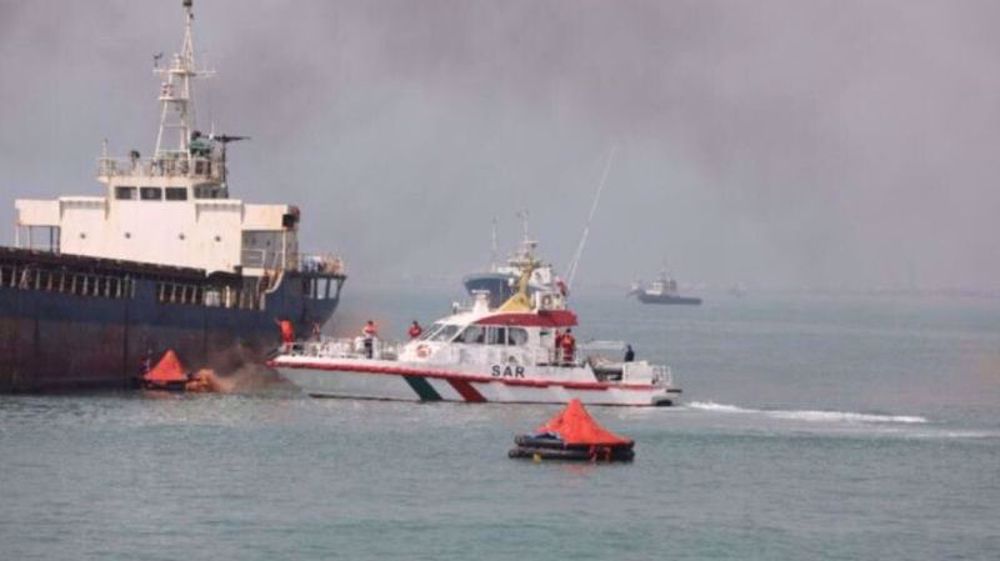How realistic is an Iran-Turkey-Russia auto alliance?
Iran, Turkey and Russia jointly producing cars: the idea has reportedly been floated for some time, but it has yet to take off.
The notion was first broached by Turkish automakers about two years ago, head of the Iranian Automotive Parts Manufacturers Association Mohammad Reza Najafi-Manesh said.
“The main reason is that the three countries of Iran, Russia and Turkey are close by with a population of more than 400 million. In addition, the affiliate markets of these three countries are also about 400 million,” Asr-e Khodro publication quoted him as saying.
The plan is to jointly produce a platform as a basis for manufacturing eight to nine models, Najafi-Manesh added.
Turkey has a relatively buoyant auto parts industry, exporting nearly $20 billion worth of motor vehicles and components a year.
The industry, however, is centered on assembling vehicles imported in kit. Major producers such as Fiat, Renault, Ford, Hyundai and Toyota produced more than 1.3 million motor vehicles in Turkey last year.
The Russian automotive industry, on the other hand, is a mixed bag including local brand producers, foreign original equipment manufacturer (OEMs), joint ventures and Russian companies producing foreign brands.
The main local brands are light vehicle producers AvtoVAZ and GAZ, while KamAZ is the leading heavy vehicle producer.
The iconic Lada is the most popular model manufactured by AvtoVAZ but it is owned by the French group Renault, indicating how deep the inroads of foreign automakers are in a country with a long history of progress in the development of machinery.
In February, a senior Russian official said AvtoVaz, the country’s largest automaker, was negotiating the assembly and sale of its cars in Iran.
However, Renault’s majority stake in AvtoVaz could affect those plans. Both Renault and its competitor Peugeot-Citroën put their development in Iran on hold after new US sanctions went into effect in August.
Other Western firms, including German car and truck manufacturer Daimler, also dropped plans to expand their Iran business.
Iran's auto industry is the Middle East's largest but it is also based on assembling foreign brands.
The industry has emerged as one of the frontlines in a raging “economic war” on the country. When the Trump administration reimposed sanctions on Iran in August 2018, it reserved Washington’s first hammer blow for the car industry to hurt as many Iranians as possible.
The automotive sector is the second largest industry in Iran after oil and gas. With a turnover of about $12 billion, it plays an important role within Iran’s economy, making up for 10 percent of the country’s GDP and 4 percent of its workforce.
Moreover, it supports about 60 other industries, such as glassmaking, aluminum, copper, steel, rubber, textiles and paint.
Because of the US sanctions, foreign companies that made cars in Iran decided to leave, leading to delays in car deliveries and a shortage of parts and triggering a steep rise in car prices.
More than 100,000 people are employed by the two largest local manufacturers Iran Khodro (IKCO) and Saipa, while another 700,000 Iranians work in industries related to car manufacturing.
With up to 450,000 jobs in the auto parts industry reportedly on the line, Iran is lining up its defense ministry to protect the sector from US sanctions.
In June, one automotive executive announced that the defense ministry had agreed to build over the next six months the hi-tech auto parts which Iran used to import.
Joined by Russia and Turkey, Iran can flesh out its auto manufacturing capabilities. According to Najafi-Manesh, Iranian carmakers can share their automotive design skills, while their Turkish counterparts can help with auto parts.
Russians, meanwhile, have an old auto production base which is currently controlled by Renault. They can bring it on for the joint venture with Iran and Turkey, he added.
“If the three countries work together to design a vehicle, the cost will be greatly reduced. This can be achieved by establishing joint research and development centers,” Najafi-Manesh said.
The Syria crisis has brought the three countries together in trying to find a solution to the eight-year-old conflict.
Last week, Iran’s Central Bank Governor Abdolnaser Hemmati said the trio had ditched the dollar in their bilateral trade and were carrying out all their transactions in national currencies.
In 2017, Iran, Russia and Turkey signed an agreement for joint investment in oil and gas development projects, but the schemes have yet to see the light of day.
VIDEO | Iranians hold nationwide demos in support of IRGC
Syria condemns US veto of Palestine UN membership resolution
Iraqi resistance forces hit Israeli Ovda air base
Hackers break into Israeli military’s computers, access trove of documents
Tulkarm Brigade commander killed by Israeli forces in raid on refugee camp
Zionist media desperately trying to turn Israeli defeat into victory: Iran
VIDEO | Press TV's news headlines
Iran censures US veto of Palestinian request for full UN membership












 This makes it easy to access the Press TV website
This makes it easy to access the Press TV website